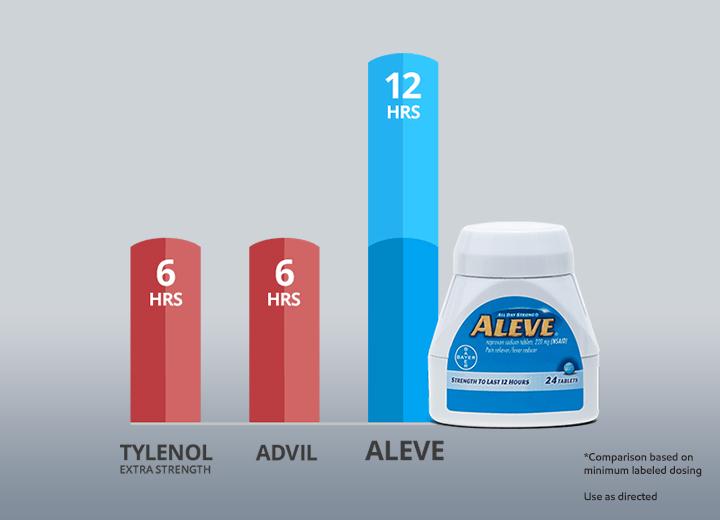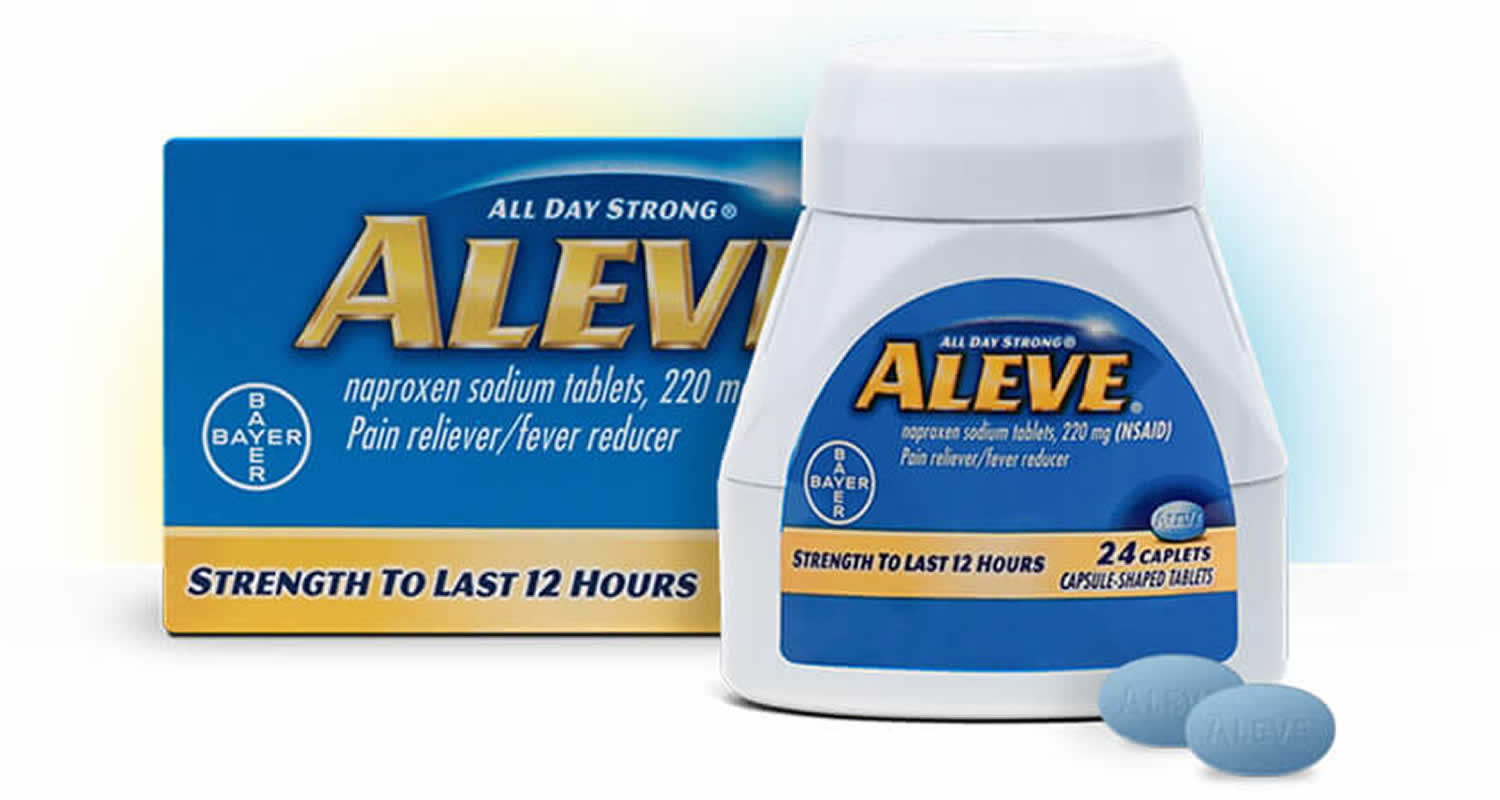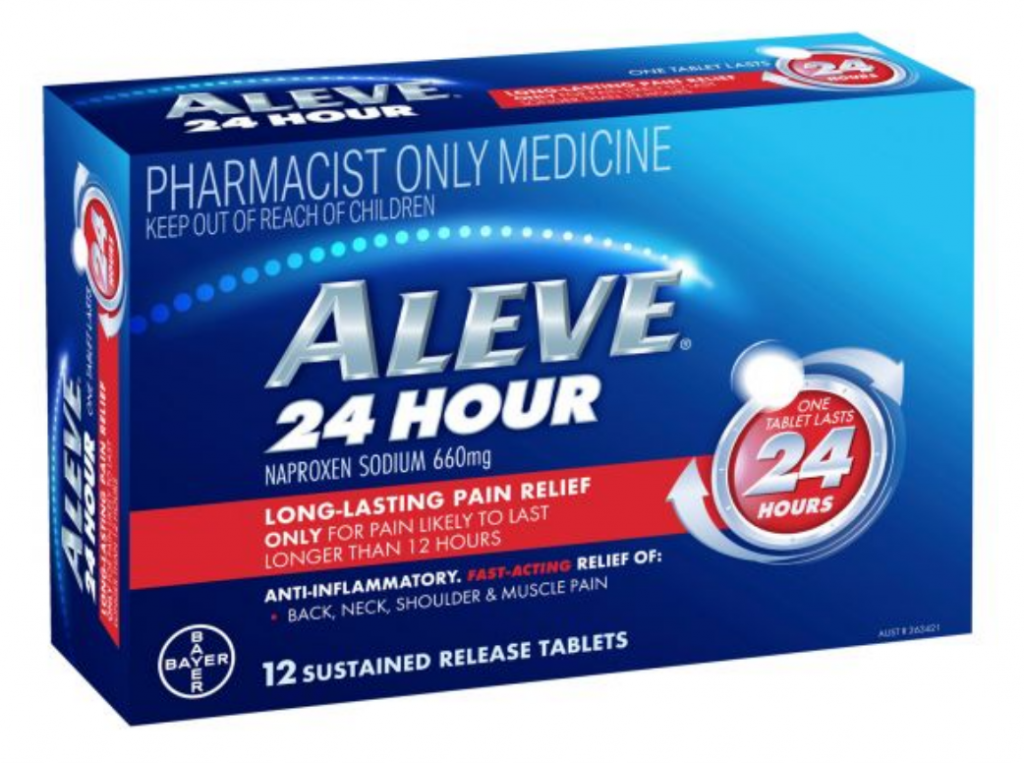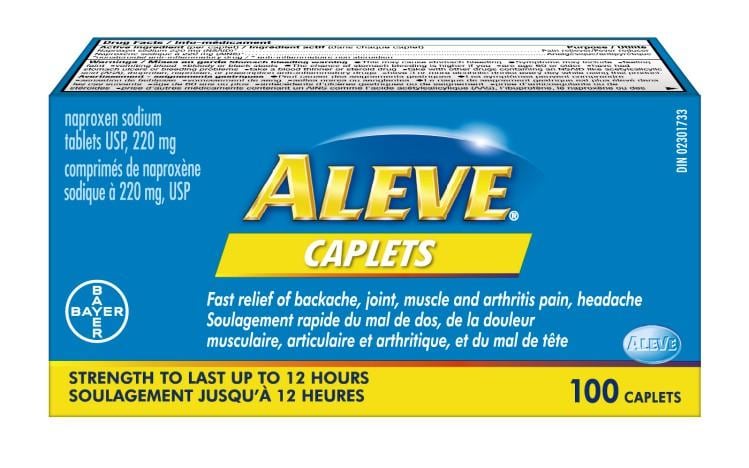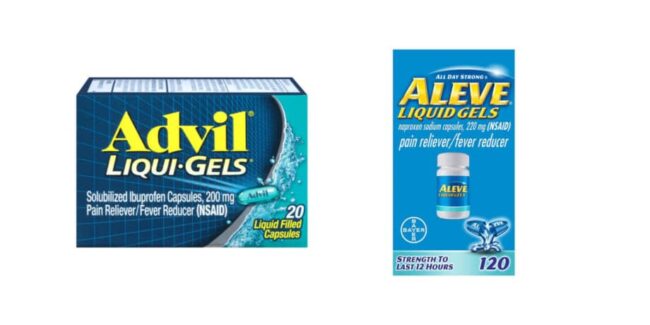How Long Can You Take Aleve For Arthritis
:max_bytes(150000):strip_icc()/advil-and-aleve-whats-the-difference-2552183-v2-4362db878ee249f79a5da5f7721d409d.png)
Millions of arthritis sufferers rely on Aleve for pain relief, but prolonged use raises serious concerns. How long is too long? The answer is more complex than you think, and exceeding recommended durations can lead to significant health risks.
This article breaks down the guidelines for Aleve (naproxen) use in arthritis management, highlighting potential dangers of extended consumption and offering alternative strategies for long-term pain management. We'll examine expert recommendations, potential side effects, and safer approaches to mitigate arthritis symptoms.
Understanding Aleve and Arthritis Pain
Aleve, an over-the-counter (OTC) nonsteroidal anti-inflammatory drug (NSAID), is frequently used to combat arthritis pain and inflammation. It works by reducing the production of prostaglandins, chemicals that contribute to pain and swelling.
While effective, Aleve is not intended for chronic, continuous use without medical supervision. It is crucial to understand the recommended dosages and durations for safe use.
Recommended Dosage and Duration
The typical recommended dose of Aleve for arthritis is 220 mg every 8 to 12 hours, or 440 mg initially followed by 220 mg every 12 hours, not to exceed 660 mg in a 24-hour period. Consult your doctor or pharmacist for specific dosing instructions tailored to your condition.
For occasional pain, Aleve can be taken for a few days. However, for chronic arthritis, it is generally not recommended to take it continuously for more than 10 days without consulting a healthcare professional, according to the National Institutes of Health (NIH).
Risks of Long-Term Aleve Use
Prolonged Aleve use increases the risk of several serious side effects. These risks include gastrointestinal problems, cardiovascular issues, and kidney damage.
"Long-term use of NSAIDs like Aleve can irritate the stomach lining, leading to ulcers and bleeding,"warns Dr. Emily Carter, a rheumatologist at the Mayo Clinic. This risk is particularly high in older adults.
Gastrointestinal Issues
Aleve can cause stomach pain, heartburn, nausea, and, in severe cases, stomach ulcers or gastrointestinal bleeding. Taking Aleve with food may help reduce stomach upset but doesn't eliminate the risk.
Cardiovascular Concerns
NSAIDs, including Aleve, have been linked to an increased risk of heart attack and stroke, especially in individuals with pre-existing cardiovascular conditions. The FDA advises caution when using NSAIDs, particularly at high doses and for extended periods.
Kidney Damage
Long-term use of Aleve can also harm the kidneys, particularly in individuals with kidney disease, heart failure, or dehydration. Dehydration and other health conditions can make the kidneys more susceptible to injury from prolonged NSAID use.
Alternatives for Long-Term Pain Management
If you require long-term pain relief for arthritis, consider alternative strategies to minimize your reliance on Aleve. Discuss these options with your doctor to determine the best approach for your situation.
These strategies include physical therapy, lifestyle modifications, and alternative medications. These can help to reduce the amount of NSAIDs that you need to take.
Physical Therapy
Physical therapy can help improve joint function, reduce pain, and increase range of motion. A physical therapist can develop a personalized exercise program tailored to your specific needs.
Lifestyle Modifications
Weight management, regular exercise, and a healthy diet can all contribute to reducing arthritis pain and inflammation. Losing excess weight can reduce stress on joints, and certain foods have anti-inflammatory properties.
Alternative Medications
Depending on the type and severity of your arthritis, your doctor may recommend other medications, such as disease-modifying antirheumatic drugs (DMARDs) or biologics, which can help slow the progression of the disease and reduce inflammation. These require prescription and medical monitoring.
The Bottom Line
Aleve can provide effective relief for arthritis pain, but it's crucial to use it responsibly. Limit continuous use to the shortest duration possible, ideally no more than 10 days without medical advice.
Prioritize consulting your doctor to explore safer, long-term strategies for managing your arthritis pain. They can help you weigh the benefits and risks of Aleve and recommend a comprehensive treatment plan that addresses your specific needs.
Continued research into alternative pain management strategies is ongoing, offering hope for improved long-term solutions. Stay informed and proactive in managing your arthritis symptoms for a better quality of life.
:max_bytes(150000):strip_icc()/naproxen-the-active-ingredient-in-aleve-296448_color2-5c05a73a46e0fb0001888c68.png)
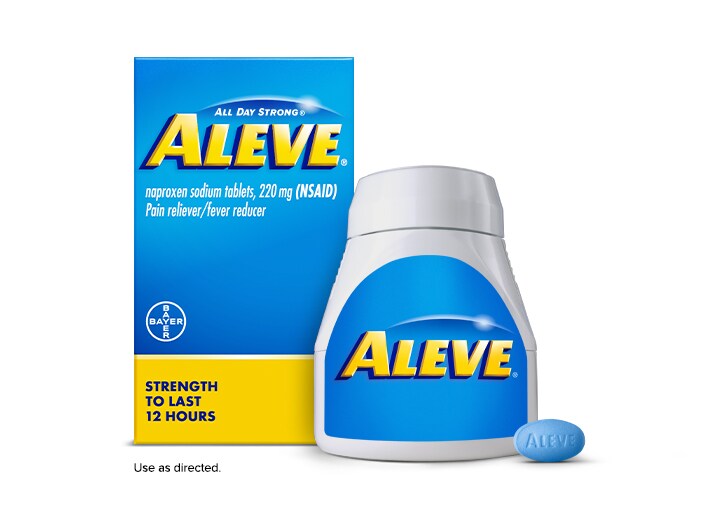
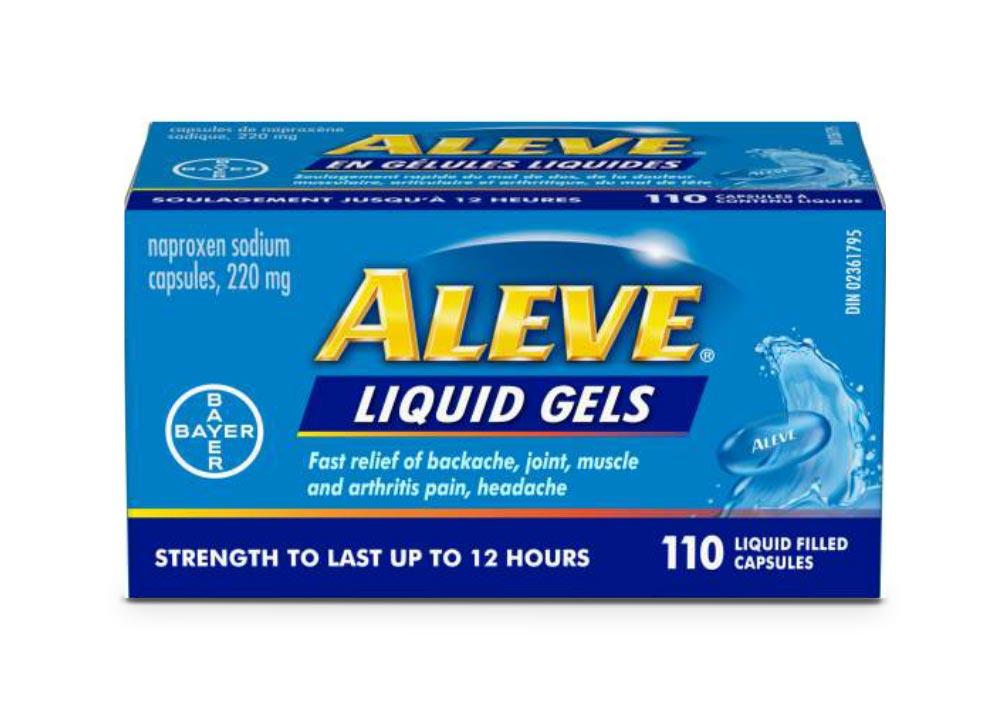

:max_bytes(150000):strip_icc()/naproxen-what-you-need-to-know-190103-5c5dc8d746e0fb0001849d10.png)

